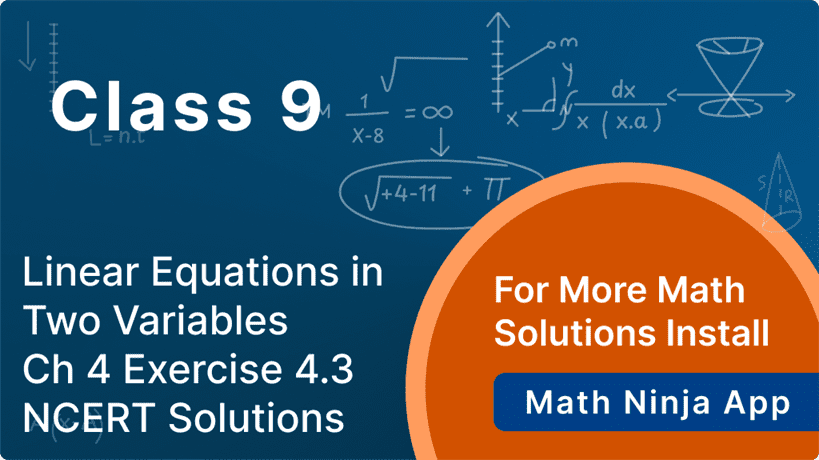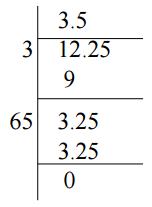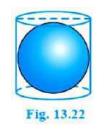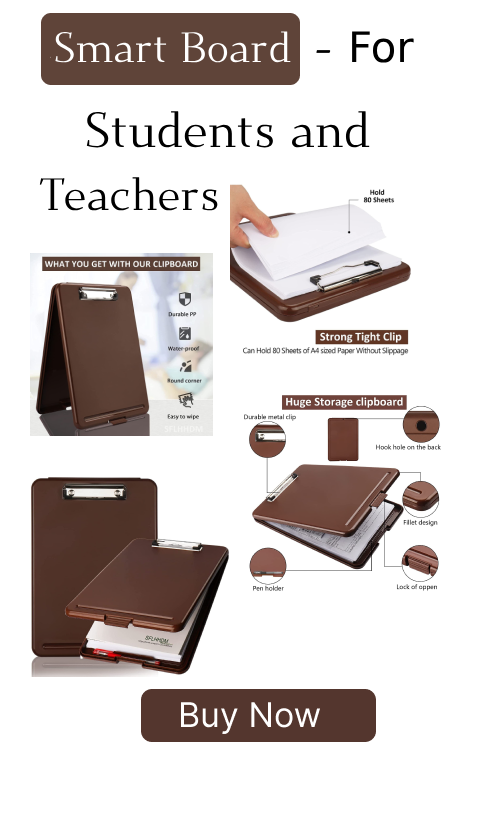Class 9 maths chapter 13 exercise 13.4 || class 9 surface area and volume exercise 13.4 || class 9 exercise 13.4 || ncert maths class 9 chapter 13 solutions || surface area and volume class 9 exercise13.4
Explore step-by-step solutions for Class 9 Maths Chapter 13, Exercise 13.4, which deepens students’ understanding of Surface Areas and Volumes by focusing on the surface area and volume of a right circular cone. This exercise takes learners beyond the simpler shapes introduced earlier and challenges them to work with slant height, curved surface area, total surface area and volume of conical structures. Through a variety of practical word problems and real-life scenarios, students learn how to apply standard formulas in a meaningful context. This strengthens their spatial reasoning, reinforces the connection between geometry and measurement and equips them with essential skills for advanced topics in mensuration and real-world problem-solving.

class 9 maths chapter 13 exercise 13.4 || class 9 surface area and volume exercise 13.4 || class 9 exercise 13.4 || ncert maths class 9 chapter 13 solutions || surface area and volume class 9 exercise 13.4
Exercise 13.4
(i) 10.5 cm (ii) 5.6 cm (iii) 14 cm
Surface area of sphere \( =4 \pi r^{2} \)
\(=4 \times \frac{22}{7} \times 10.5 \times 10.5\)
\(=88 \times 1.5 \times 10.5\)
\(=1386 {~cm}^{2}\)
(ii) Radius (r) of sphere \( =5.6 {~cm} \)
Surface area of sphere \( =4 \pi r^{2} \)
\(=4 \times \frac{22}{7} \times 5.6 \times 5.6\)
\(=88 \times 0.8 \times 5.6\)
\(=394.24 {~cm}^{2}\)
(iii) Radius (r) of sphere \( =14 {~cm} \)
Surface area of sphere \( =4 \pi r^{2} \)
\(=4 \times \frac{22}{7} \times 14 \times 14\)
\(=4 \times 44 \times 14\)
\(=2464 {~cm}^{2}\)
(i) 14 cm (ii) 21 cm (iii) 3.5 m
\(=\frac{14}{2}\)
\(=7 {~cm}\)
Surface area of sphere \(=4 \pi r^{2}\)
\(=4 \times \frac{22}{7} \times 7 \times 7\)
\(=88 \times 7\)
\(=616 {~cm}^{2}\)
(ii) Radius (r) of sphere \( =\frac{\text { Diameter }}{2} \)
\(=\frac{21}{2}\)
\(=10.5 {~cm}\)
Surface area of sphere \( =4 \pi {r}^{2} \)
\(=4 \times \frac{22}{7} \times 10.5 \times 10.5\)
\(=1386 {~cm}^{2}\)
(iii) Radius (r) of sphere \( =\frac{\text { Diameter }}{2} \)
\(=\frac{3.5}{2}\)
\(=1.75 {~m}\)
Surface area of sphere \( =4 \pi {r}^{2} \)
\(=4 \times \frac{22}{7} \times 1.75 \times 1.75\)
\(=38.5 {~cm}^{2}\)
Total surface area of hemisphere \( = \) CSA of hemisphere \(+\) Area of circular end of hemisphere
\(=2 \pi {r}^{2}+\pi {r}^{2}\)
\(=3 \pi {r}^{2}\)
\(=[3 \times 3.14 \times 10 \times 10]\)
\(=942 {~cm}^{2}\)
class 9 maths chapter 13 exercise 13.4 || class 9 surface area and volume exercise 13.4 || class 9 exercise 13.4 || ncert maths class 9 chapter 13 solutions || surface area and volume class 9 exercise 13.4
Radius (\( r_{2} \)) of spherical balloon, when air is pumped into it \( =14 {~cm} \)
\(\text {Ratio}=\frac{\text { Initial surface area }}{\text { Surface area after pumping ballon }}\)
\(=\frac{4 \pi r_{1} \times r_{1}}{4 \pi r_{2} \times r_{2}}\)
\(=\left(\frac{r_{1}}{r_{2}}\right)^{2}\)
\(=\left(\frac{7}{14}\right)^{2}=\frac{1}{4}\)
Therefore, the ratio between the surface areas is \(1:4\)
Surface area of hemispherical bowl \( =2 \pi {r}^{2}\)
\(=2 \times \frac{22}{7} \times 5.25 \times 5.25\)
\(=173.25 {~cm}^{2}\)
Cost of tin-plating \( 100 {~cm}^{2} \) area \( = \) Rs 16
Cost of tin-plating \( 173.25 {~cm}^{2} \) area \( =\left(\frac{16 \times 173.25}{100}\right) \)
\(=\text {Rs } 27.72\)
class 9 maths chapter 13 exercise 13.4 || class 9 surface area and volume exercise 13.4 || class 9 exercise 13.4 || ncert maths class 9 chapter 13 solutions || surface area and volume class 9 exercise 13.4
Surface area of sphere \( =154 {~cm}^{2} \)
\(4 \pi r^{2}=154\)
\(r^{2}=\frac{154}{4 \pi}\)
\(\Rightarrow r^{2}=\frac{154 \times 7}{4 \times 22}\)
\(\Rightarrow r^{2}=\frac{49}{1}\)
\(\Rightarrow {r}^{2}=12.25\)

\(\Rightarrow {r}=3.5\)
Therefore, the radius of the sphere whose surface area is \( 154 {~cm}^{2} \) is 3.5 cm
Radius (Earth) \( =\frac{d}{2} \)
Radius (Moon) \( =\frac{1}{2} \times \frac{d}{4}=\frac{d}{8} \)
Surface Area of moon \( =4 \pi\left(\frac{d}{8}\right)^{2} \)
Surface Area of Earth \( =4 \pi\left(\frac{d}{2}\right)^{2} \)
Ratio \( =\frac{\text { Surface Area of moon }}{\text { Surface Area of Earth }} \)
\(=\frac{4 \pi \frac{d}{64}}{4 \pi \frac{d}{4}}\)
\(=\frac{4}{64}\)
\(=\frac{1}{16}\)
The thickness of the bowl \( =0.25 {~cm} \)
Outer radius (r) of hemispherical bowl \( =(5+0.25) {cm} \)
\(=5.25 {~cm}\)
Outer CSA of hemispherical bowl \( =2 \pi {r}^{2} \)
\(=2 \times \frac{22}{7 }\times(5.25)^{2}\)
\(=173.25 {~cm}^{2}\)
(i) Surface area of the sphere,
(ii) Curved surface area of the cylinder
(iii) Ratio of the areas obtained in (i) and (ii)

(ii) Height of cylinder \( ={r}+{r}=2 {r} \)
[As sphere touches both upper and lower surface of cylinder]
Radius of cylinder \( ={r} \)
CSA of cylinder \( =2 \pi {rh} \)
\( =2 \pi {r}(2 {r}) \)
\( =4 \pi r^{2} \)
(iii) Ratio \( =\frac{4 \pi r \times r}{4 \pi r \times r} \)
\( =\frac{1}{1}=1 \)
Ratio \( =1: 1 \)

